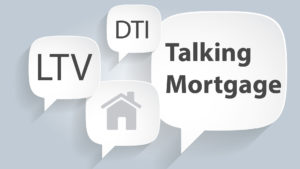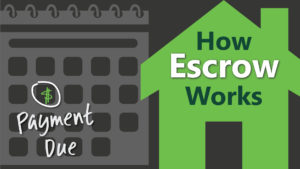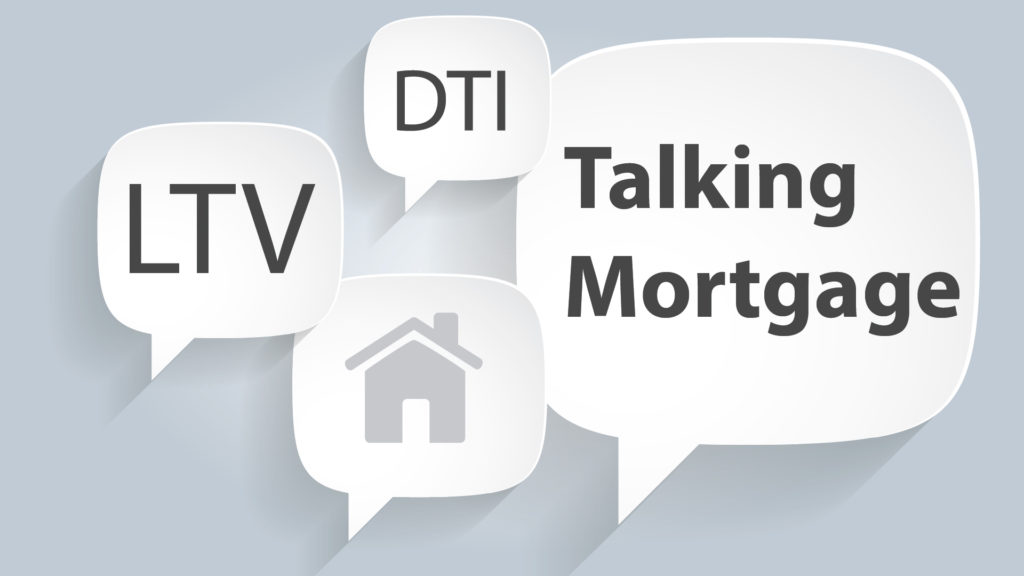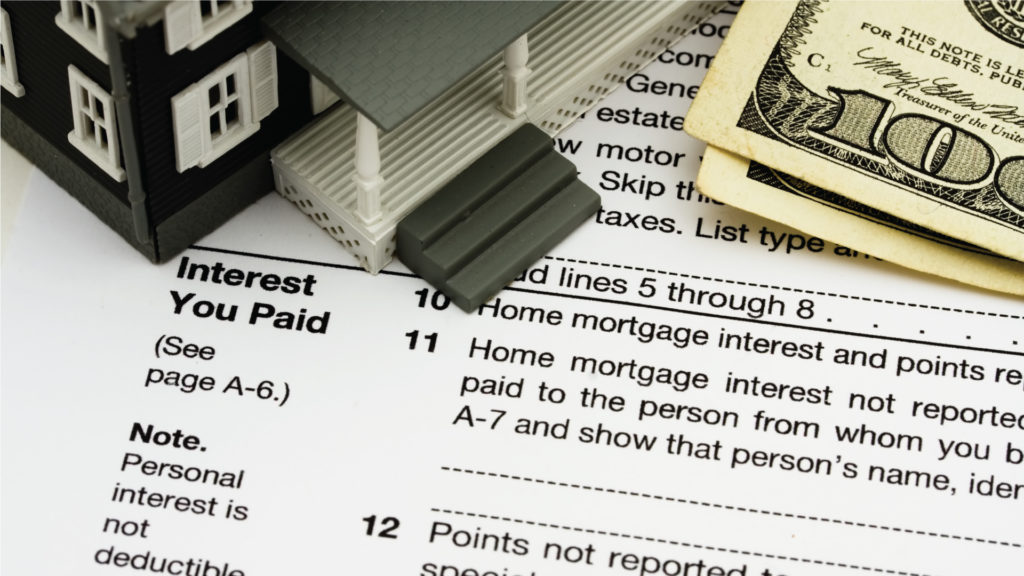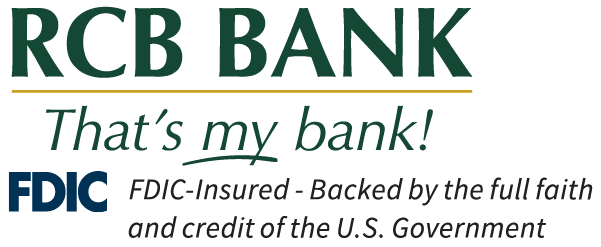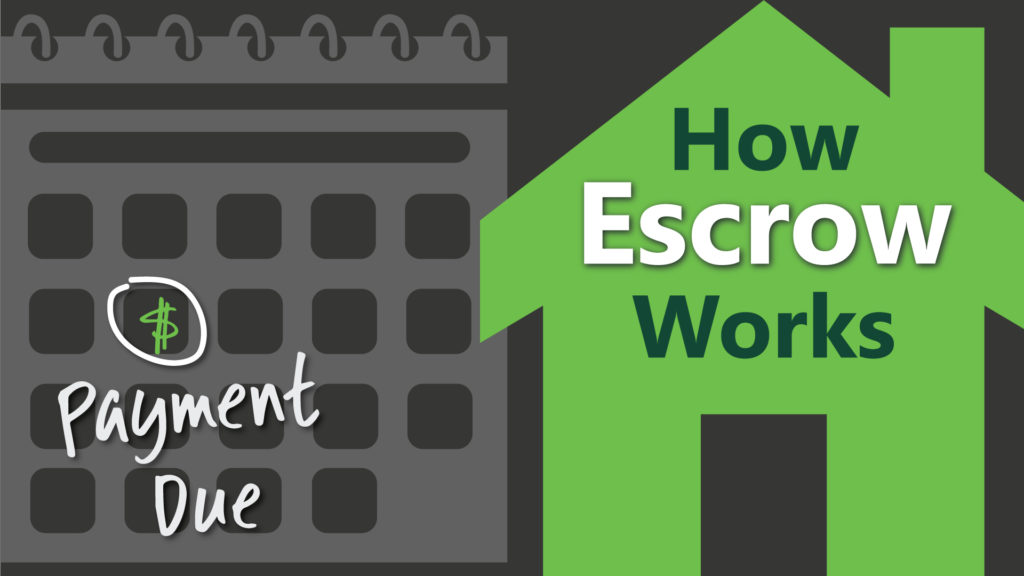
It should be no surprise that as a homeowner you are responsible for expenses beyond your mortgage payment, such as property taxes, homeowner insurance and mortgage insurance, to name a few.
Benefit #1: Escrow is a personal payment manager
An escrow account is a service provided by your lender to help you manage and budget home-related costs. A benefit of an escrow is you make one monthly payment that includes your mortgage principle and interest, plus a percentage of your insurance and tax expenses. Your lender takes care of paying the various bills due throughout the year.
Most lenders require escrow accounts on mortgages greater than 80 percent loan-to-value and are set up at closing.
Benefit #2: Escrow lets you spread out annual costs over time.
Another benefit of an escrow is you don’t have to stress to come up with large lump sum payments.
How escrow works
Your lender adds up your additional home-related costs outside your mortgage payment – taxes, homeowners insurance, mortgage insurance, flood insurance, etc. – They divide the total cost of these payments by 12 (months) and add it to your monthly mortgage payment.
Generally, a cushion of 1/6 of the total escrow charges is collected at loan closing to account for any unexpected increase in premiums when it’s time for the lender to make the yearly payment.
Your escrow account builds with each monthly payment. Funds are withdrawn from your escrow to pay for bills as they are due.
Can your escrow payment change over time?
Yes, if there are changes in insurance costs and taxes, your escrow payment will also change.
Annually, your lender will review your escrow. The review looks at updated taxes and insurance costs to ensure the amount paid into the account is enough to cover costs. If costs have decreased, due to a change in insurance for example, there may be an overage and you would be issued a refund. If costs have increased, you will be required to make up the shortfall.
There are usually two ways to cover a shortfall.
1. Pay the shortfall in one lump sum.
Your full payment covers the past payments and brings your account to balance. An increase in monthly payments is necessary to cover the increased costs for future payments.
2. Divide and pay the amount over the next 12 payments.
Paying back your shortage over time will increase your monthly payment more than paying a lump sum because you are paying the shortage plus the increase in costs over the next year.
It’s important to understand, if insurance costs and taxes increase, your monthly payment will also increase going forward.
Get$Fit Tip: Shop around for insurance.
If you want to keep your monthly payment as close as possible to what you pay now, an annual check on your homeowner policy or other insurance plans may help. It is your responsibility to review your policy and shop around for the best deal, not your lender.
Make sure your policy is in line with current market rates and has not increased more than a few percentages, which is typical for some insurance companies. It’s always a good idea to comparison shop and request quotes. If you find a better deal, contact your lender to update your escrow account information.


